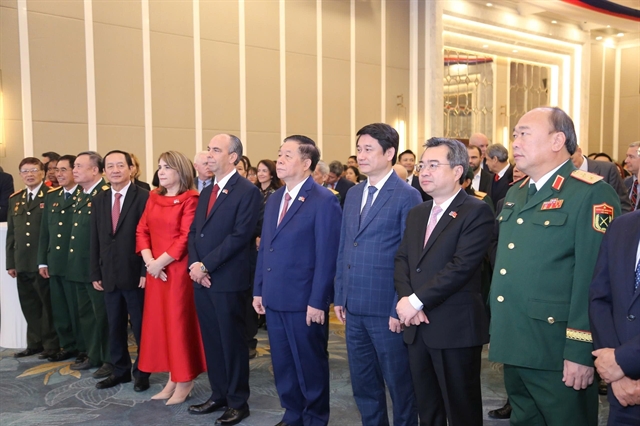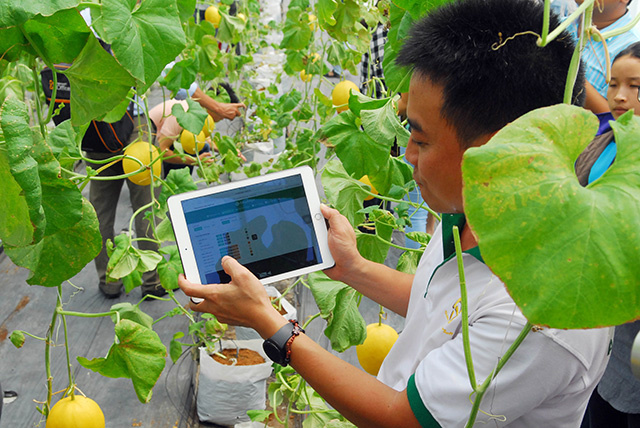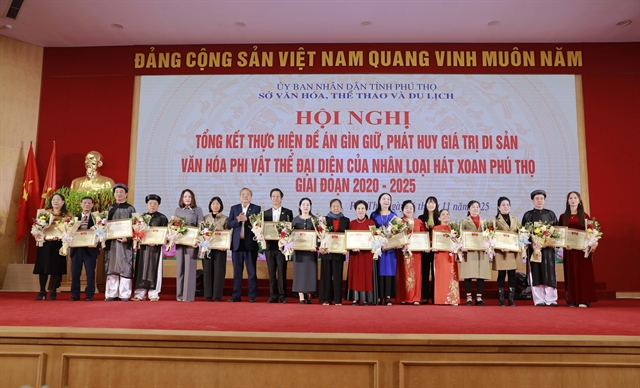 Life & Style
Life & Style
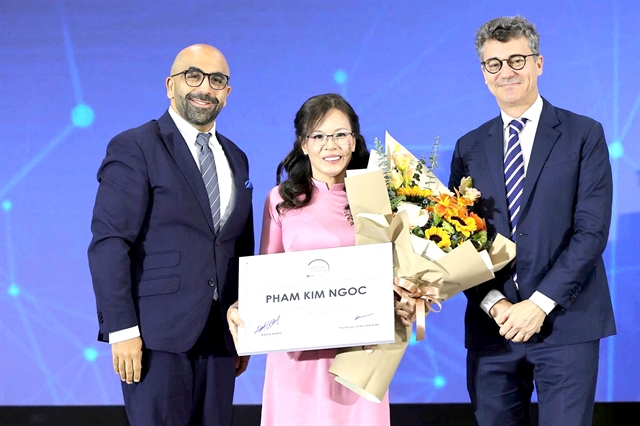
Non-profit organisation Gavisto Diplomat has teamed up with the Centre for Cultural and Scientific Activities to help more young people find a connection with the Quốc Tử Giám, the Temple of Literature.
HÀ NỘI — Non-profit organisation Gavisto Diplomat has teamed up with the Centre for Cultural and Scientific Activities to help more young people find a connection with the Quốc Tử Giám, the Temple of Literature.
Events will be promoted on the official Facebook and Instagram pages of Quốc Tử Giám Cultural Space. These pages also aim to deliver information about medieval Vietnamese history to a new audience.
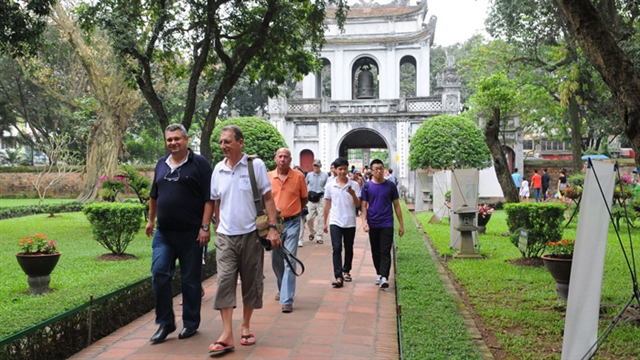
|
| Văn Miếu-Quốc Tử Giám attracted many tourists before the outbreak of COVID-19. — Photo courtesy of thanglong.chinhphu.vn |
Hoàng Đoan Trang, representative of Gavisto Diplomat, said that the project aims to connect young people to the heritage space through interesting cultural and artistic activities. Through enabling young people to practise their love for the history and culture of Việt Nam, it is hoped that they will join hands in preserving and inheriting those values.
In addition, the project also recreates the teaching and learning activities at Quốc Tử Giám, helping to turn the relic into a useful cultural space for all audiences, especially children and young people.
“The Temple of Literature Complex not only has Văn Miếu, which is a place where students often go to pray for high exam results, but also includes Quốc Tử Giám, the first university of Việt Nam, a place to train talent. The project wants the monument to shift closer to the life and culture of modern people,” she shared.

|
| An open letter from the Quốc Tử Giám Cultural Space project on Facebook page. — Photo courtesy of the project |
According to Lê Xuân Kiêu, director of the Centre for Cultural and Scientific Activities of Văn Miếu-Quốc Tử Giám, during recent social distancing, the Temple of Literature Complex has had no visitors. Moss grew on the road and no revenue could be generated.
“However, the Centre has applied new technologies in promoting the value of the monument, re-researching the value, and building products to serve visitors after restoration,” Kiêu said.
He emphasised that Văn Miếu-Quốc Tử Giám is a place to nurture the traditional values that have survived over time; this new project will keep those principles alive. Aspects that visitors do not understand correctly, such as touching the turtle's head to ask for high exam results or worshipping the Hạ Mã stele, will be a part of this education.
“The Centre is seeking to bring traditional values closer to visitors so that they can understand the monument in new ways”, he added.
In October, the project will organise an online talk show titled "Đạo Học in the Cultural Space of Quốc Tử Giám", with the participation of experts and researchers.
Experts will discuss Vietnamese's medieval period, the mission of Quốc Tử Giám in transmitting its values and arousing the spirit of Đạo Học (Learned Religion) in the context of modern education.
Many other programmes to discuss Vietnamese history and culture have also been planned. — VNS

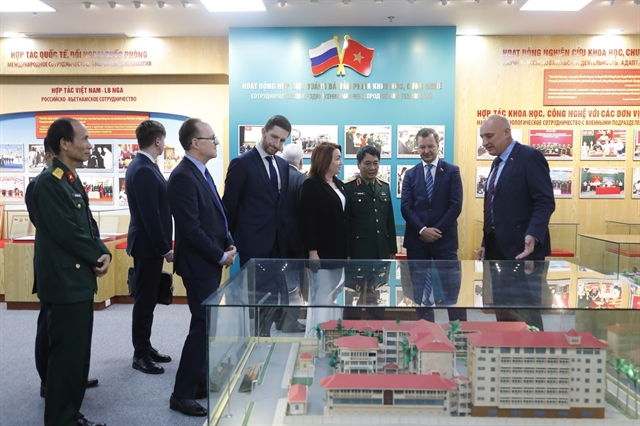
.jpg)
